1. Location, Location, LocationWhile the pandemic has forced branch closures and mobile channel adoption, research shows customers still are craving a physical location to do their banking. In fact, one survey concluded that 78% of the population wants a retail branch within 15 minutes of their home. The most important part of that 15 minutes is truly understanding where your customers are going to and from and thanks to mobility data – you can see exactly where your customers are going. Financial institutions should be leveraging this data to make more informed decisions on what branches to reduce (potentially change to ATM / PTM stations only) and where to build new. |
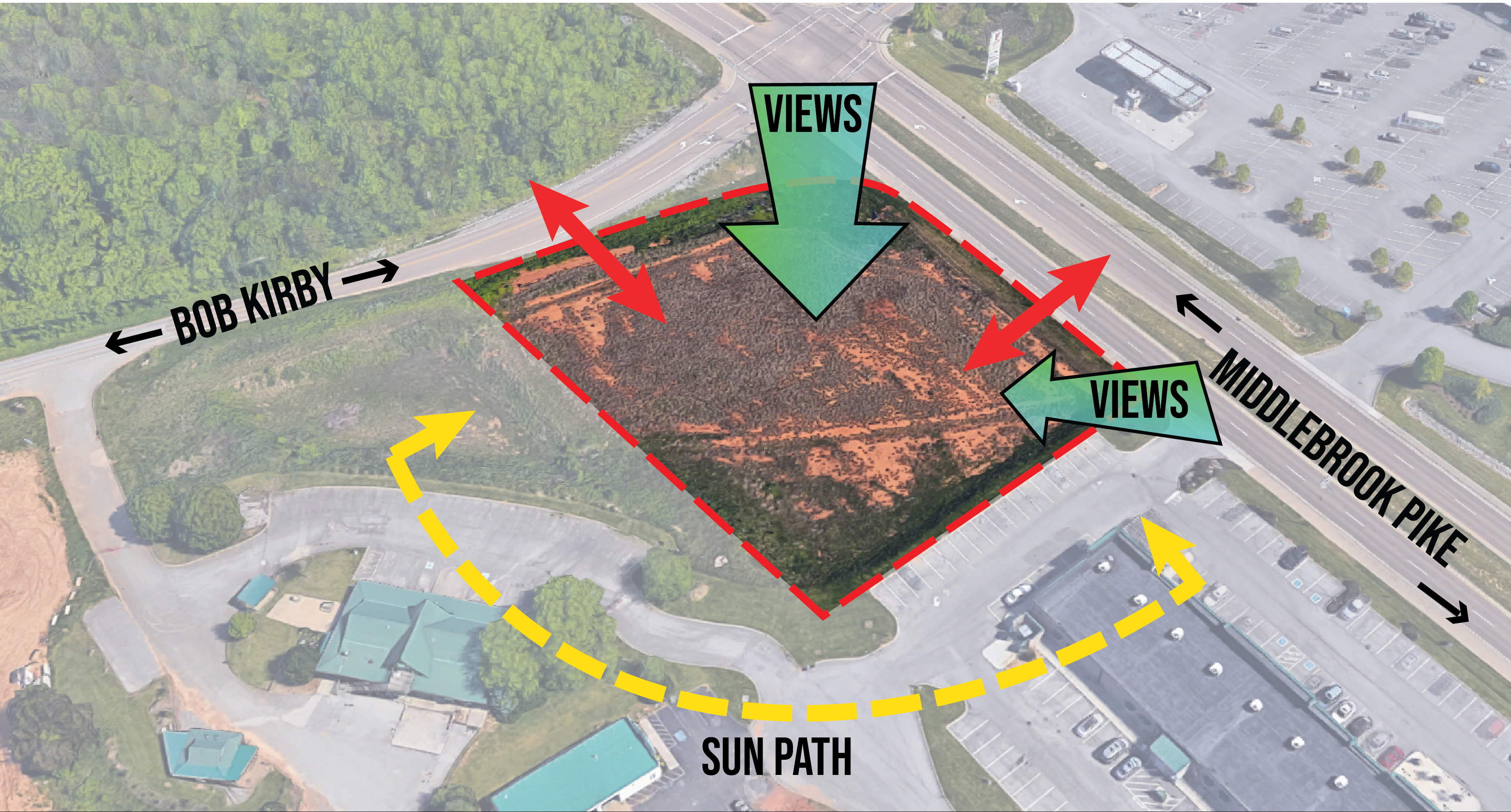
|

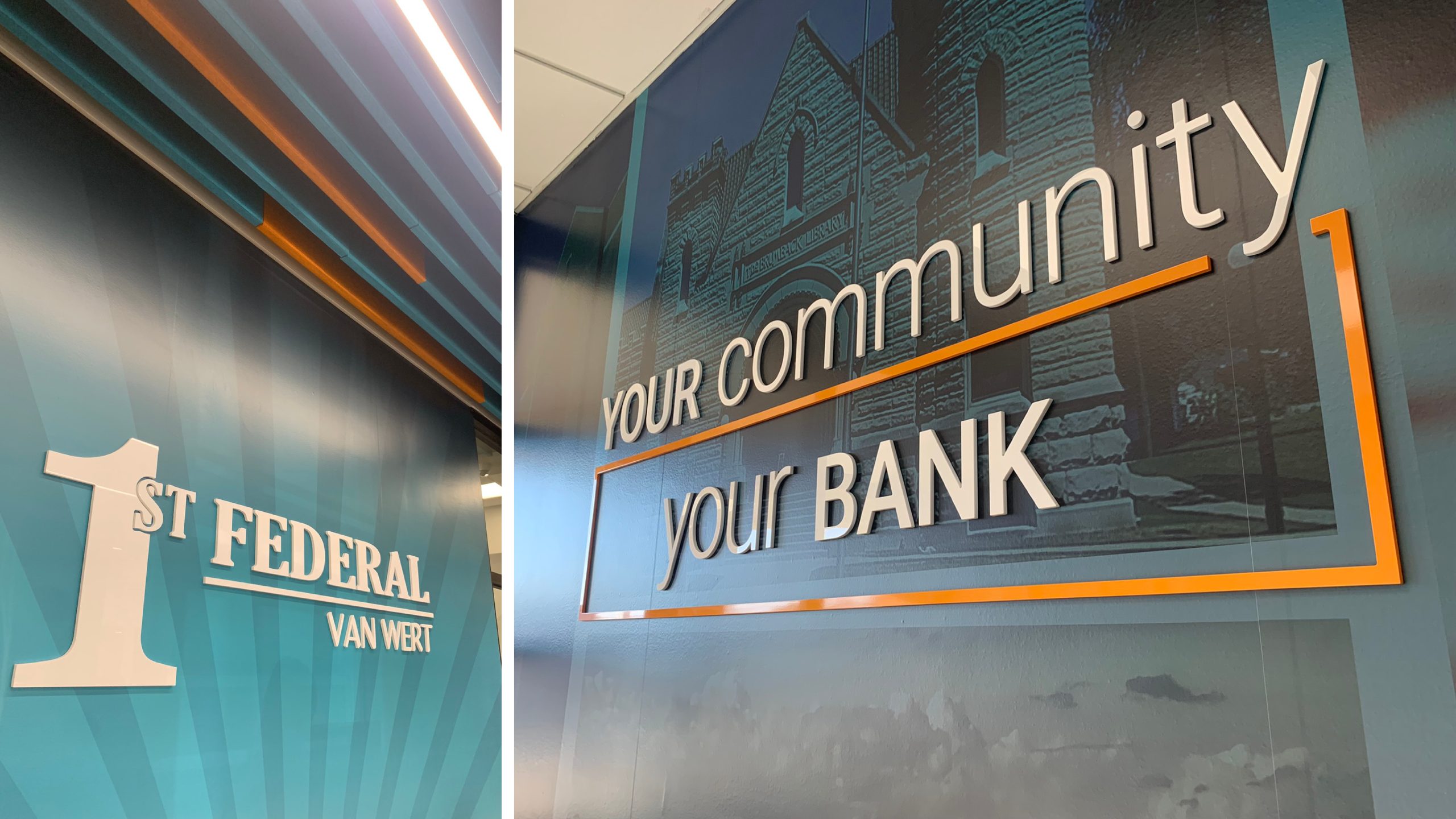
|
2. Activating the BrandYour branch network is a physical extension of your brand and should reinforce your unique values and the communities you help support. Using signature design elements that are physical manifestations of who you are, your brand can come to life within your branches and tell the story of who you are, supporting your digital platforms. There’s a fine balance of using the brand within spaces, but your customers should be able to identify you in the crowd through the careful design of your building. |

3. Customer ExperienceWhether it is a new customer or one that has always been with you, a physical branch naturally lends itself opportunities to further connect and engage with your customers. Incorporating design elements that encourage conversation or highlight other service areas can help further engage your customers to the other benefits of your financial institution. Think about one-on-one areas (that are well branded!) and spaces for larger conversations to make your space as flexible as possible. |
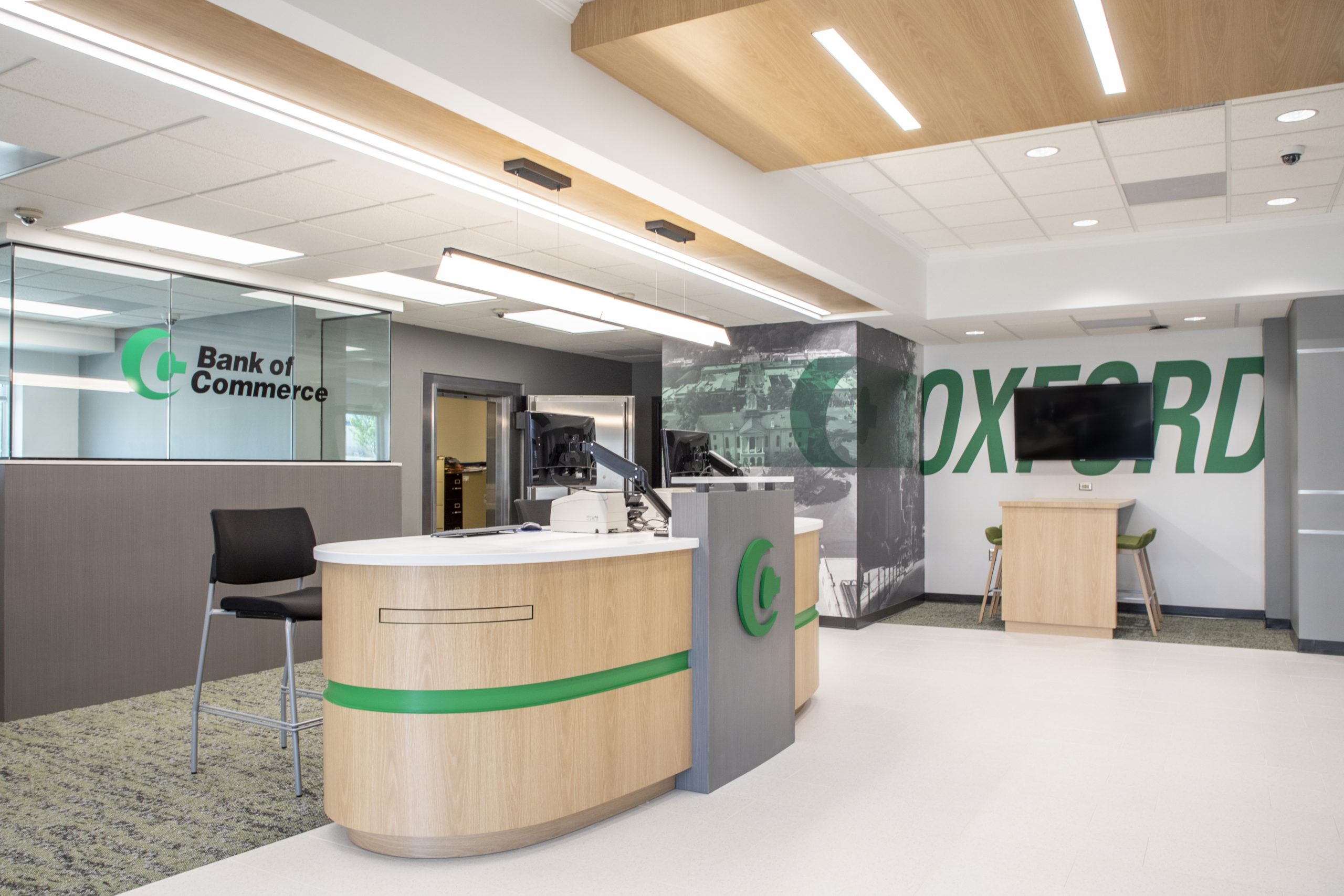
|

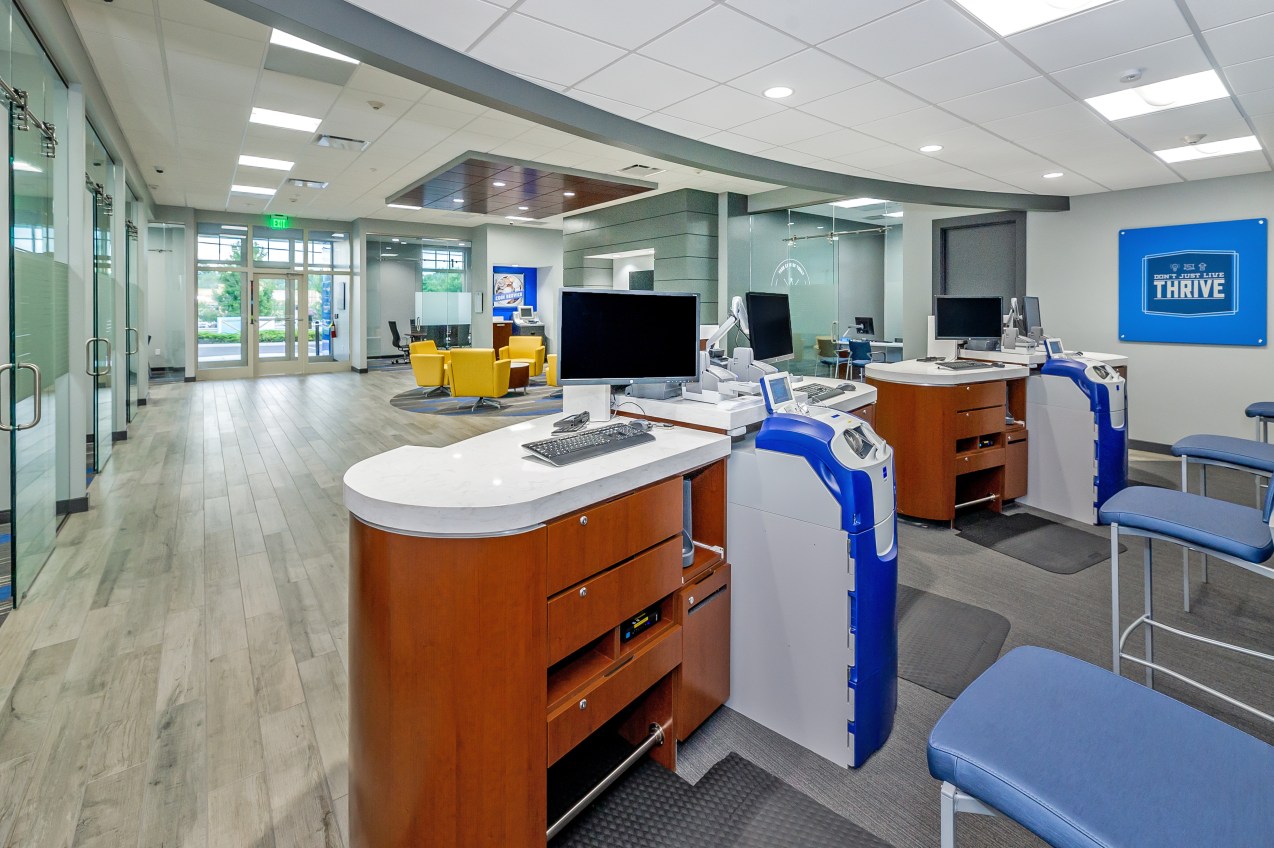
|
4. TechnologyThe most successful uses of technology within the branch should deliver a better customer experience, every time. Today’s customers can engage in a multitude of digital options, but they seek the branch channel to receive the personal and trusted experiences of your team. Using technology to assist your team members to help deliver a more efficient process can lead to more engagement opportunities and is important to understand how the transaction area or private area can facilitate not only the technology but the conversations. While future-proofing technology can be hard, working with an experienced design team can help prepare your future technology upgrades and save you issues down the road. |

5. Planning for the FutureWhile the future is uncertain, your branch is undoubtedly an investment to your commitment to the communities you serve and should be able to stand the test of time the best it can. Today’s designs need to consider tomorrow’s needs – how can the transaction area of today be ready to be converted to a private conversation area down the road? Do you have spaces that allow for in-person meetings but also digital video calls that will be even more relevant in the near future? Designs today need to be adaptable and more flexible for tomorrow’s use that doesn’t require a complete renovation in a few years. |
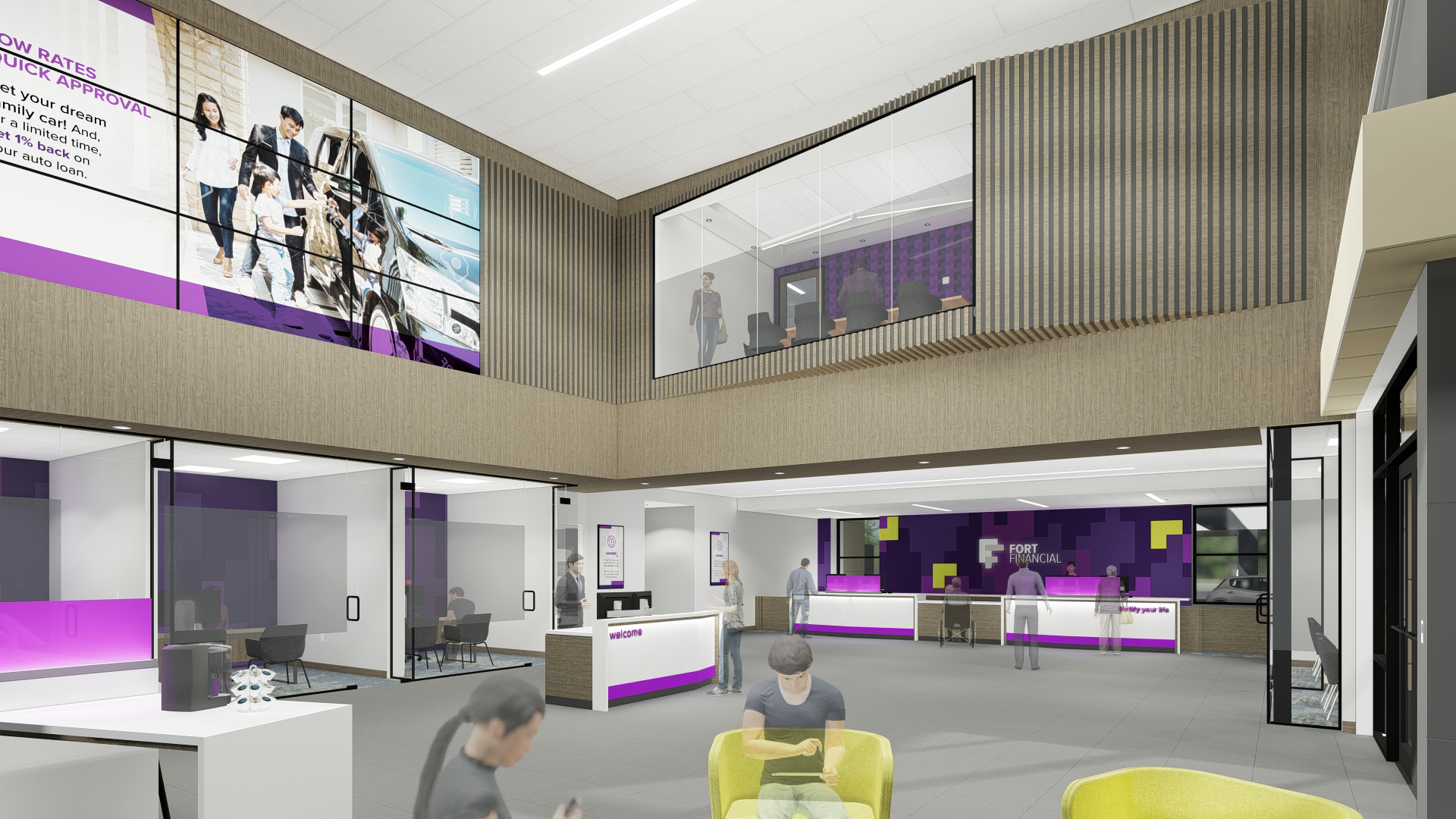
|
